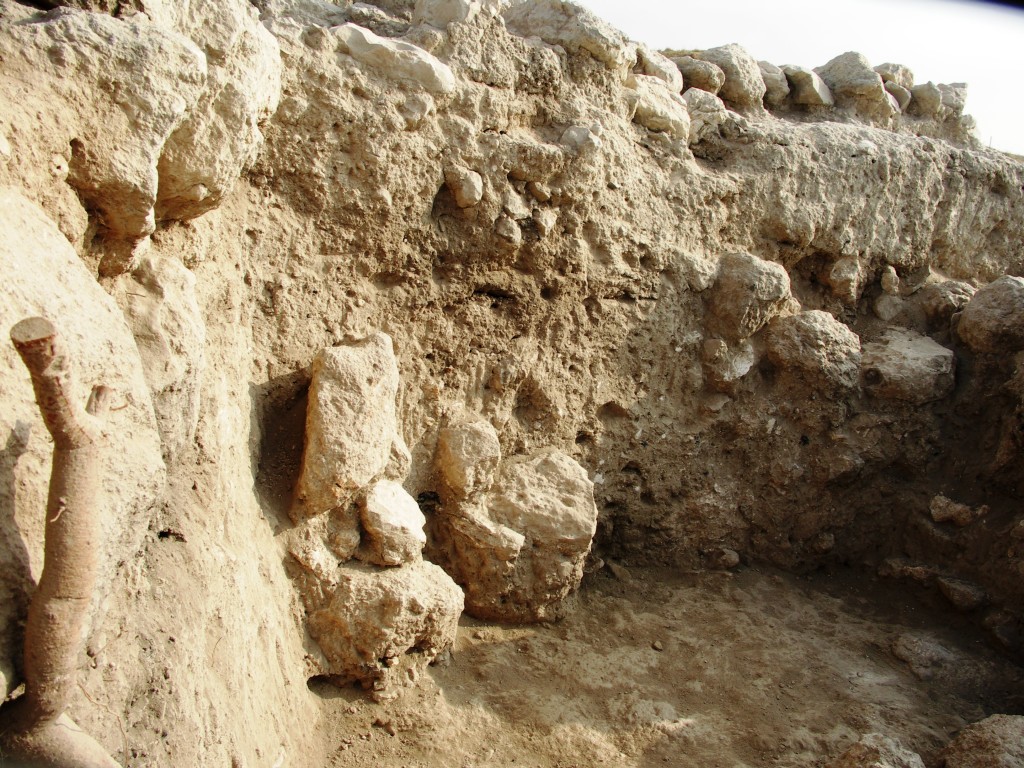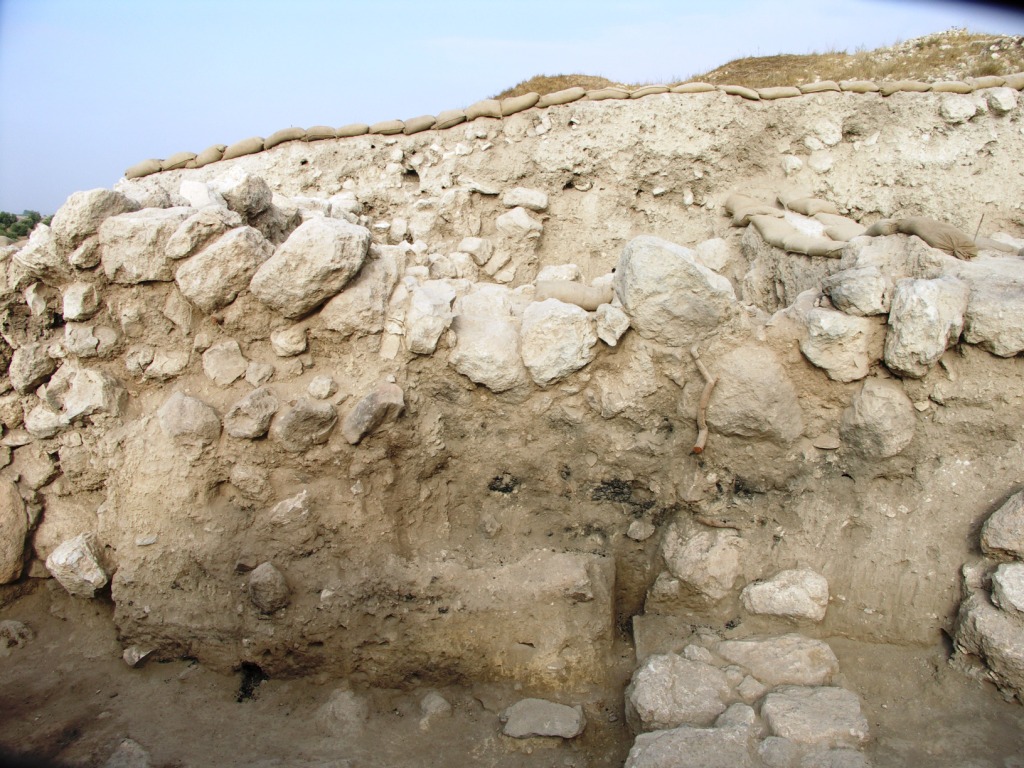by John Strong
July 11, 2011
Fast archaeology and slow archaeology—these are the gears that archaeologists need to be able to shift into, depending on the situation.
Let’s start with fast archaeology. Most people think of archaeologists as working with dental instruments and toothbrushes. Sometimes these are used (see below), but not all that often, at least not in my experience. Much of the squares that I have excavated have contained “fill.” By “fill,” I mean soil that does not contain much of anything other than broken pieces of pottery, rocks of various sizes, and soil of various consistencies. Fill is not necessarily meaningless or insignificant. It could have been intentionally placed in antiquity to build up an area in preparation for construction, or to slope up to a wall. On the other hand, it may be the dump from a previous archaeological excavation (we ran into a lot of that at Tel Gezer in past seasons). Basically, it is soil that does not contain something to make you want to stop and measure it, such as a wall or a ceramic jar.
In regard to the square that I am excavating, this is important background because once we cleared out the city wall left to us by Tiglath-Pileser, we were in fill, and it was time for fast archaeology. The goal, if possible, was to move from about 215.3 meters above sea level to 213.7 meters above sea level, because at this level, we have already seen a very large pillar base, probably dating to the Late Bronze era (1400–1200 bce). Surely, we think, there must be other architectural that accompanied this pillar, and which made up the rest of the building that this pillar base supported. So, since we seemed to be in fill, and we had about 1.5 vertical meters of dirt to remove; we hoped to move fast. With this in mind, we pulled out the “makushim” (Hebrew for pick-axes) and the “tureoth” (a type of large hoe, with a flat edge that scrapes the dirt away while letting you see what is in the dirt as you work). With some aggressive excavating and a few strong backs, we could move about half a meter of dirt a day.
So, we excavated at a pretty fast pace … until we stumbled across something that needed closer examination—ancient store jars, perhaps in situ. By in situ, I mean that we came across two store jars that seemed to have been sitting in a corner of a building when this area was destroyed in antiquity. They would have been placed there in the centuries after the Late Bronze Age building, for which we are searching, since they were above that level by about 30 centimeters. They were broken and cracked, but most all of their pieces seemed to have been there. With this discovery, out came the dental picks, and welcome to “slow archaeology.”

The key to excavating something valuable in situ is to remove all of the dirt around it bit-by-bit just to the point when all the pieces of the jar would collapse, losing their shape. Just at this point, you sweep up all of your mess, including footprints, and take a bunch of pictures for posterity—and perhaps the final report several years from now. Upon completing this detail, we then designated one pottery bucket for one of the jars, giving it its own number in order to keep our records straight, another bucket for another jar, and into these we then deposited all of the ceramic pieces for cleaning and reading.
And then, we’re off again, back to “fast archaeology,” hoping to find remains of the Late Bronze Age structure.

